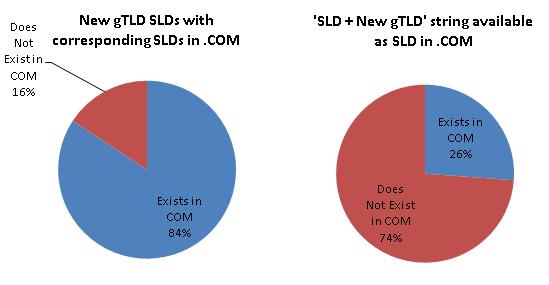Andy Simpson

As Vice President, Business Intelligence and Data Analytics at Verisign, Andy Simpson is responsible for studying end-user demand for domain names with a focus on the impact of emerging global markets and how registrants utilize their registered domain names. Andy also supports Verisign’s efforts to evaluate security and stability threats to the Domain Name System root zone.
Since joining Verisign in 2005, and before moving into broad scale domain name usage analysis, Andy contributed to multiple external-facing platforms that Verisign maintained before transitioning to and helping Verisign develop a big data technology stack, which is now the primary architecture for his domain name research efforts.
Andy earned a Bachelor of Science degree in biomedical engineering from Northwestern University.
Recent posts by Andy Simpson:
As someone who has long studied trends in the domain name industry, the opening of hundreds of new gTLDs has intrigued me for quite some time on many levels. One question I found myself pondering was: Will new gTLDs create “new” naming trends or redundant domains across many TLDs? With more than 3 million domains delegated in the new TLD space there is now a corpus to study to answer this question.
The short answer is clear from these first two pie charts which illustrate the percentage of the second-level domains (SLDs) that were available in .com as of 12/15/2014:

(more…)
A recent study, by EURid and the Leuven Statistics Research Centre, set out to better understand the most common usage of websites that are linked to domains, and we thought it would be an interesting exercise to extend similar analysis to the new generic top-level domain (gTLD) market. So, we analyzed all second-level domains registered in new gTLDs according to published zone files on June 29, 2014. Verisign utilizes our own proprietary process for classifying websites, which results in similar classifications to those by EURid. The primary difference is that the Verisign classification method is machine-based and is evaluated for each domain independently, while the EURid approach leveraged samples that humans classified.
(more…)



